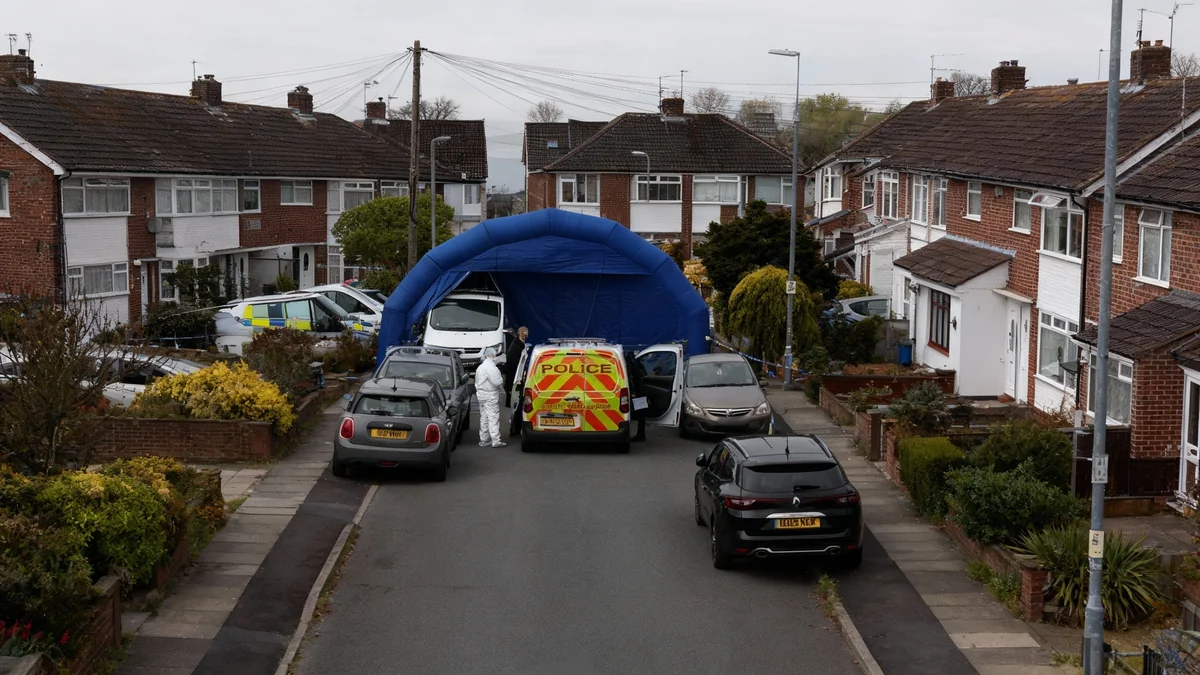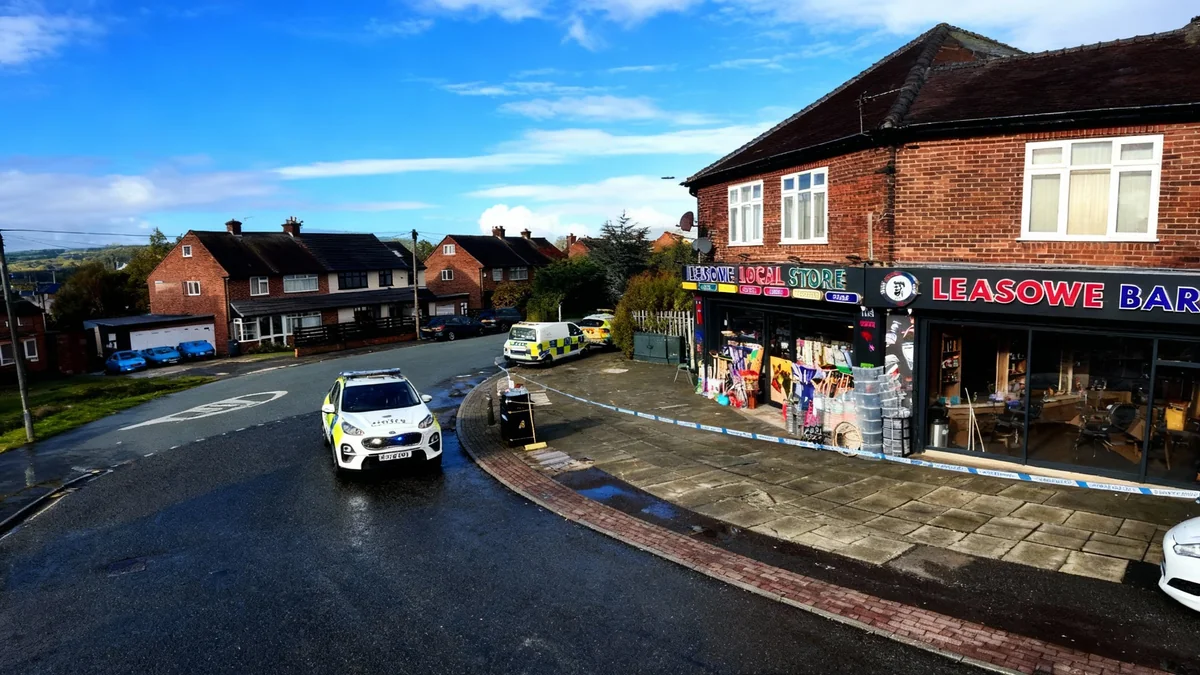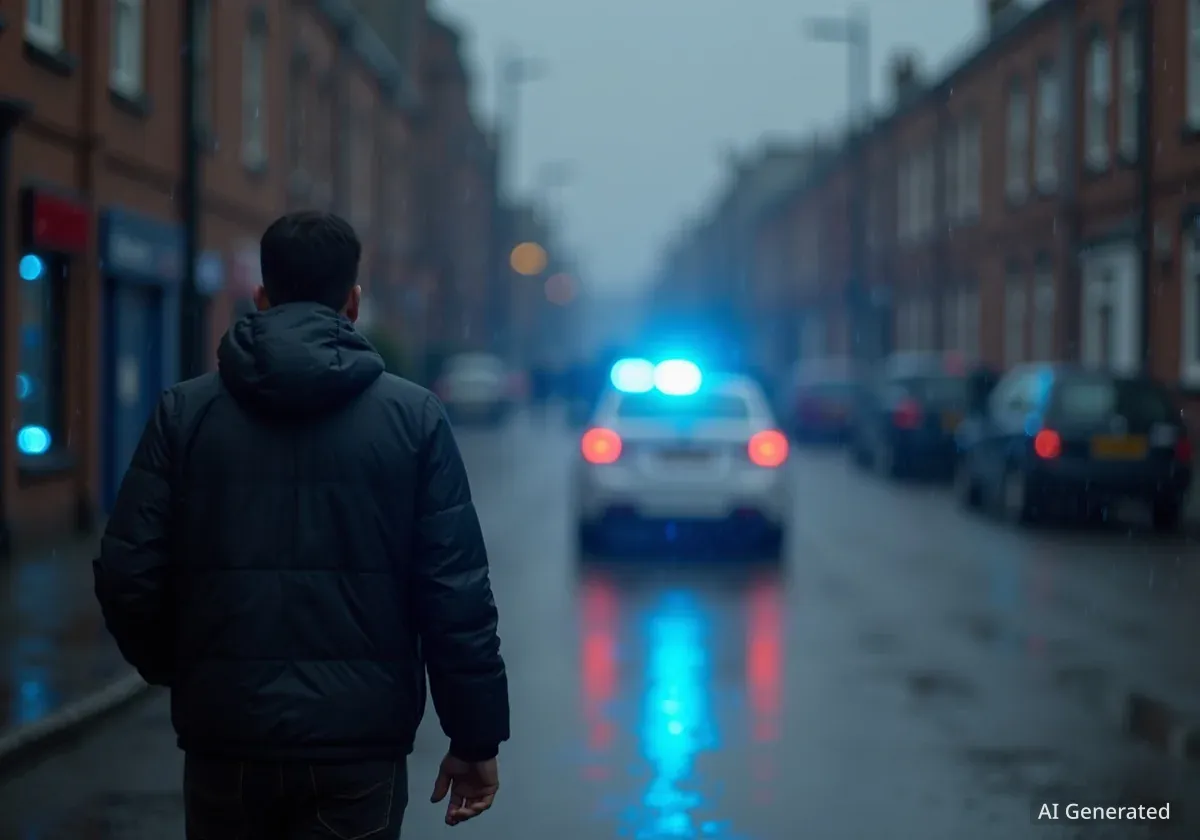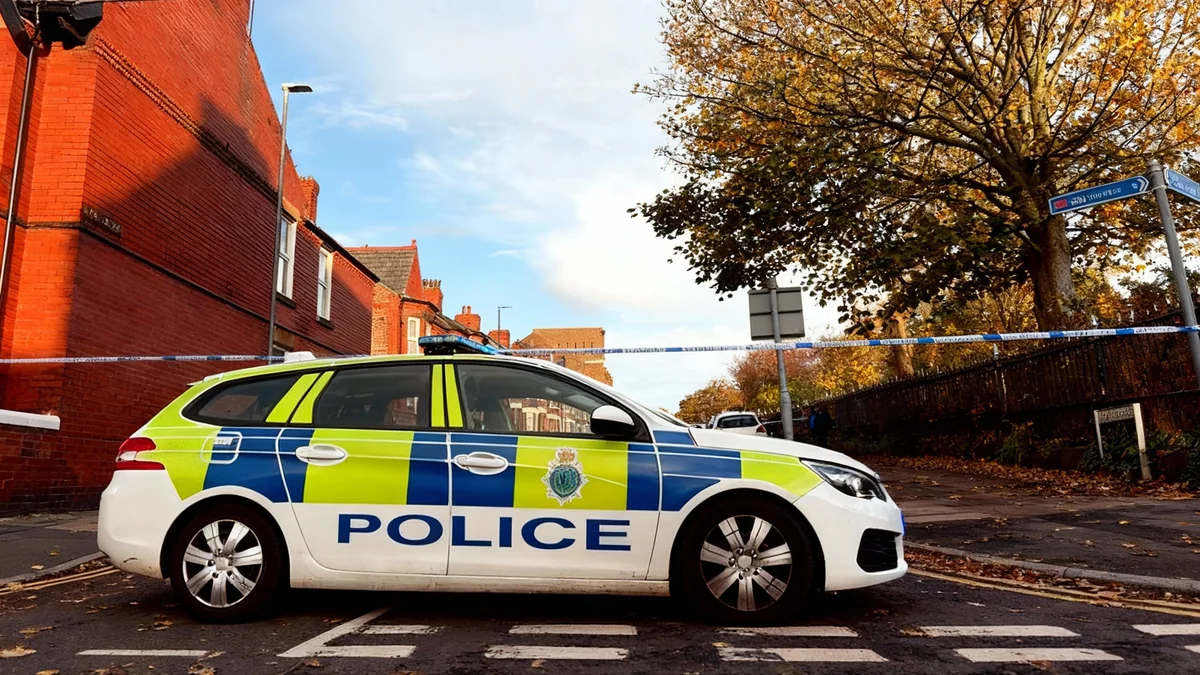A 39-year-old murder case involving a teenage mother in Liverpool was finally solved through a posthumous confession discovered by chance. The body of 19-year-old Lorraine Jacob was found in a city centre alleyway in September 1970, sparking an investigation that remained cold for decades until the killer's death revealed the truth.
Key Takeaways
- Lorraine Jacob, a 19-year-old mother, was murdered in Liverpool on September 1, 1970.
- The case went unsolved for nearly 40 years, despite an extensive initial police investigation.
- In 2008, a detailed confession from Harvey Richardson was found in his home after his death.
- The confession, along with crucial DNA evidence, provided a definitive solution to the long-standing mystery.
- The case was officially closed by Merseyside Police in 2009.
The 1970 Murder of a Young Mother
On the night of Tuesday, September 1, 1970, Lorraine Jacob, a 19-year-old mother of two, was making her way home. She lived on Russell Street with her mother, her 14-month-old daughter, and her infant son. Earlier that evening, she had been seen at Yates’s Wine Lodge and later at a chip shop on Great George Street.
She was last seen walking alone along Pilgrim Street towards Hardman Street at approximately 11 p.m. She was carrying three bags of chips she had just purchased.
The following morning, on September 2, council binmen made a grim discovery. Lorraine Jacob's body was found in a small entry behind the Young Women's Christian Association (YWCA) on Rodney Street. The alley was situated between the YWCA hostel and St Andrew’s Scottish church.
Initial Investigation Hits a Wall
Merseyside Police launched a major murder investigation. A Home Office pathologist estimated the time of death to be around midnight, but no later than 1:30 a.m. The investigation was extensive, with officers taking over 900 statements from potential witnesses.
Investigators also distributed 3,500 questionnaires throughout local pubs, clubs, and residences in an attempt to gather information. Despite these significant efforts, the case yielded no suspects, and the trail eventually went cold, leaving the murder of Lorraine Jacob unsolved for decades.
A Case Left in Limbo
For nearly four decades, the murder of Lorraine Jacob remained one of Liverpool's most perplexing cold cases. Periodic reviews of the evidence were conducted over the years, but no new leads emerged. The lack of a suspect or a clear motive left her family without answers and her killer at large.
A Breakthrough from an Unlikely Source
The resolution to the 39-year-old mystery came in 2008 from a completely unexpected place. Harvey Richardson, a 78-year-old man, passed away from bowel cancer in a Wigan hospice. Following his death, decorators were hired to clear out his house.
While working, they found a brown leather satchel. Inside the bag, they discovered an envelope marked “private and confidential.” What it contained would unravel the entire case. The envelope held a detailed, handwritten confession to the murder of Lorraine Jacob, written in black ink across nine pages of A4 paper.
Crucial Evidence Uncovered
Alongside the confession, the satchel contained a large collection of press clippings about the murder. Most importantly, it also held a pair of blue knickers that had been missing from Lorraine's body when she was found. This item would prove to be vital for forensic analysis.
The decorators also found an antique air pistol and contacted Cheshire Police. Recognizing the potential significance of the confession and the other items, they immediately alerted their counterparts at Merseyside Police, who reopened the cold case.
The Confession Reveals Everything
The nine-page document provided a detailed account of the events of September 1, 1970. Analysis of the paper suggested the letter had been written and sealed shortly after the murder occurred. The confession contained specific details about the crime that had never been released to the public, lending it immediate credibility.
Harvey Richardson, who was born in 1930, had never been a suspect in the original investigation. The eloquent, 26-paragraph note detailed how he, heavily intoxicated after a day of drinking, encountered Lorraine on Pilgrim Street just after 11 p.m.
The Motive and the Argument
According to the confession, Richardson had spent the day drinking to cope with the news that he had failed his college exams to become a librarian. He and Lorraine walked together to Rodney Street and into an alleyway, where an argument started.
The source of the conflict was a previous incident. A few months before her death, Lorraine and a friend had gone to a flat Richardson was renting on Huskisson Street. They entered his room and stole two cameras. Richardson had previously taken a photograph of Lorraine's children, and the two had argued about it. When he returned to find his cameras missing, he knew who was responsible.
Their chance meeting on September 1 reignited this dispute. In a drunken rage, Richardson strangled Lorraine. He then took her purse, tights, and knickers from her body.
The confession detailed his actions after the murder. He claimed he took the purse because it contained a pawn ticket for the stolen cameras, but he tore it up and flushed it down a toilet. He hung her brown tights on a tree branch in Sefton Park but kept the blue knickers.
Case Closed After 39 Years
The confession provided the narrative, but modern science provided the proof. Forensic experts conducted DNA tests on the blue knickers found in Richardson's satchel. The tests confirmed the presence of DNA from both Lorraine Jacob and Harvey Richardson.
This combination of a detailed, secret-holding confession and irrefutable DNA evidence was enough for authorities to formally close the case in 2009. The mystery of who killed Lorraine Jacob was finally over.
At the time, Colin Davies, then head of the Crown Prosecution Service's complex case unit, made a formal statement on the matter. He confirmed that the evidence would have been sufficient to bring a prosecution against Richardson had he still been alive.
He stated: “Following the forensic evidence and the thorough investigation by the police, I decided there was sufficient evidence to justify a prosecution in the case of Harvey Richardson for the murder of Lorraine Jacob in the event that he was still alive.”
The discovery brought a long-awaited, albeit tragic, conclusion to one of Liverpool's most enduring unsolved crimes, providing answers to a family who had waited nearly four decades for justice.





